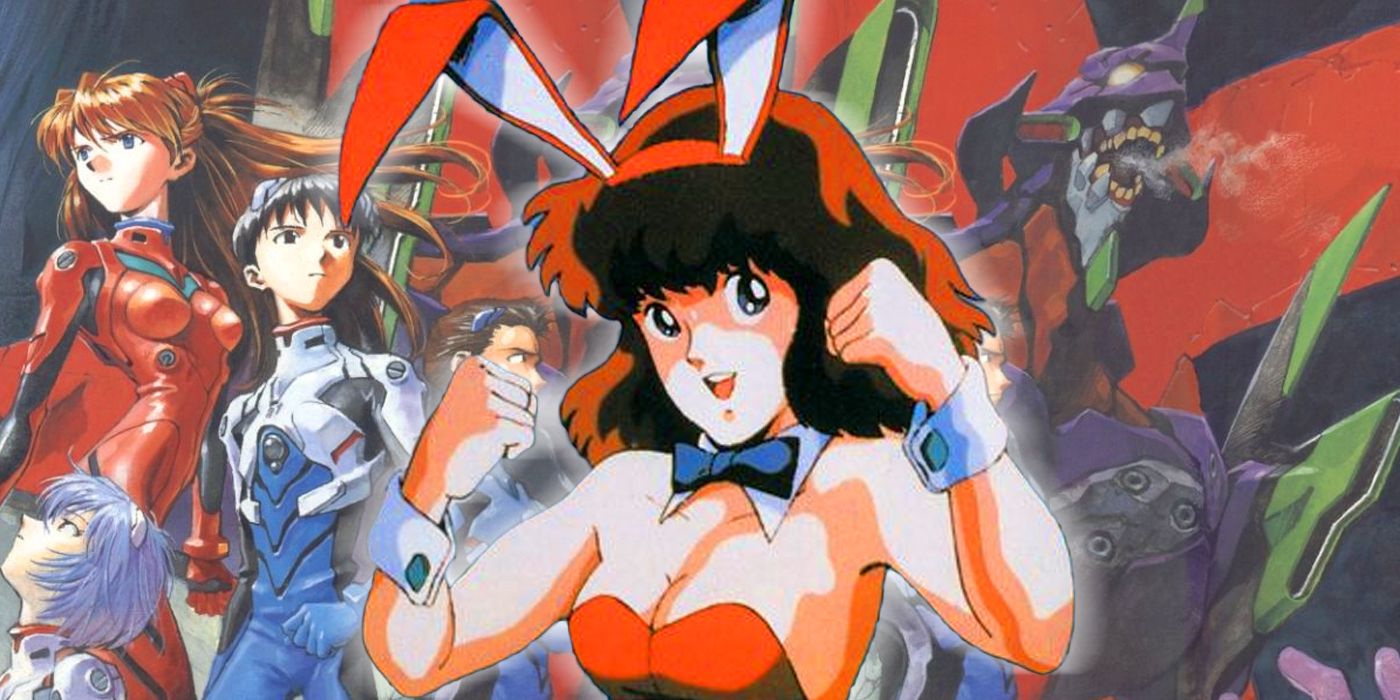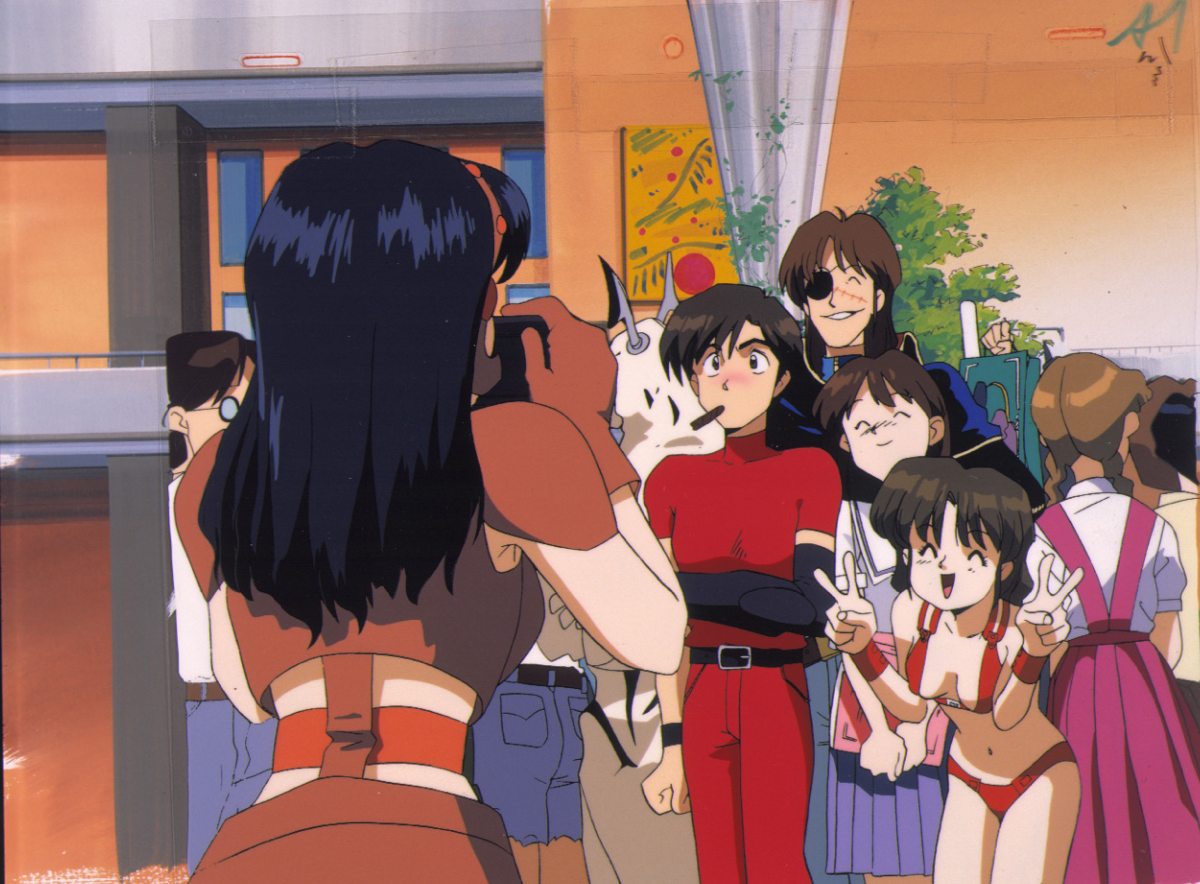Evangelion is one of the biggest names in anime, and the studio that created it, Gainax, is almost as well-known. Gainax has produced several other incredibly influential anime works, but the company's origin is a lot less known. Despite how big it is now, Gainax had rather humble roots as a group that produced satirical independent OVAs.
Daicon III and the later Daicon IV were works produced for a Japanese sci-fi convention, and the creators behind it would go on to form Gainax. Here's the origin behind the now iconic company, its short films that scoffed at copyright and the legacy of Daicon III and IV.
Daicon III and IV were done in celebration of the third and fourth Osakan Nihon SF Takai science fiction conventions, also known as Daicon. The films featured heavy satirizing and parodying of the burgeoning anime fan culture of the era, with many of the elements used being legally unauthorized. The first's "story" involves a young schoolgirl who is tasked by an alien to take a cup of water to Daicon. Along the way, she runs into several copyright infringing menaces that block her path.
These include a mech from Starship Troopers, Godzilla, King Ghidorah and Gamera as well as spaceships from the Star Wars and Star Trek franchises. Eventually, the girl gets her own getaway vehicle when she pours the cup of water on a daikon radish. This radish becomes the spaceship Daicon, transporting her, along with the short film's producers, away from the scene. The sequel has the girl now as a bunny costume-wearing adult, traveling in space and doing battle with a Gundam, Xenomorphs and Darth Vader himself. The films are also known for their unauthorized use of music from the band Electric Light Orchestra.
Daicon conventions had, up to that point, been organized by university students, including the short film's producers Toshio Okada and Yasuhiro Takeda. They coerced an animated team led by Hideaki Anno to animate the first short for them, despite their inexperience, as they were still just animation students. Nevertheless, they quickly learned how to produce the animations needed from industry professionals, using cheap industrial celluloid to cut costs. The result was a now-iconic animated short film that was shown at the convention's beginning.
Even though they were supposed to disband after making Daicon III's opening animation, Anno's group didn't want to just throw away the talent that they had acquired. They formed Daicon Film, and quickly went to work producing a new short film to be shown at the next Daicon convention. They also sold videos of the Daicon III Opening Animation to recoup costs, turning the short film essentially into the first OVA.
After the release of the Daicon IV Opening Animation, Hideaki Anno, Yoshiyuki Sadamoto, Hiroyuki Yamaga, Takami Akai, Toshio Okada, Yasuhiro Takeda and Shinji Higuchi would change Daicon Film's name to Gainax, reflecting a Japanese term for 'giant.' Their first work outside of these conventions was Royal Space Force: The Wings of Honnêamise, which is still an acclaimed animated film. They later produced other famous works such as Nadia: The Secret of Blue Water and Otaku no Video, the latter of which explored otaku and anime culture much like Gainax's origin shorts had. In fact, it even used footage from both of the Gainax Daicon Opening Animations, bringing the company full circle.
Not too long after this, Gainax would of course go on to make Neon Genesis Evangelion, changing the anime industry and fandom forever. This wouldn't have been possible, however, without its initial success in making a quirky animated video for a local sci-fi convention. Sadly, the many legal issues surrounding the different elements of the Daicon Opening Animations mean that they will likely never receive an official re-release, but their legacy is still felt to this day.



